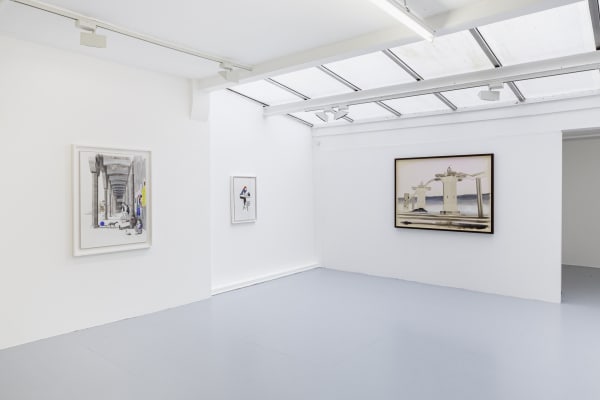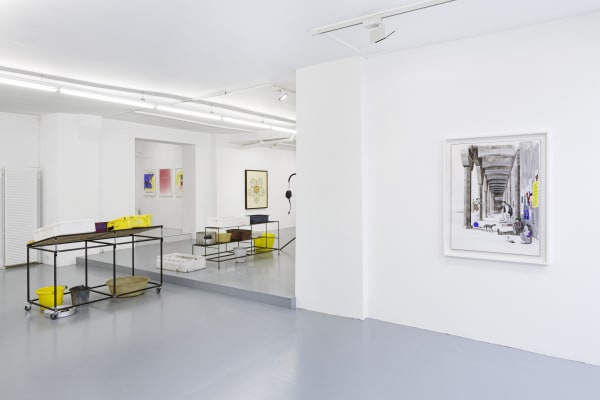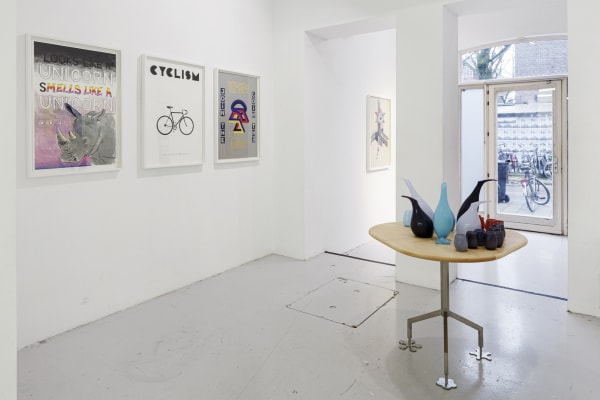Charles Avery: The Taile of the One-Armed Snake
GRIMM is proud to announce The Taile of the One-Armed Snake, a new solo exhibition by Charles Avery at GRIMM in Amsterdam.
Since 2005, Charles Avery’s work has focused on a fictional island: an all-encompassing investigation of the fabric and mentality of another place. Through drawings, texts and objects the artist describes the inhabitants, architecture, philosophies, customs and idiosyncrasies of this imaginary territory.
With accents of the Scottish Hebrides and East London, the Island is located at the centre of an archipelago of innumerable constituents. The gateway to the Island is the port of Onomatopoeia, once the stepping off point of the pioneers who first arrived, turned colonial outpost, turned boom town, bustling metropolis, depression ravaged slum, and regenerated city of culture and ultimately tourist destination. It has many stories, played out within the limits of a monumental city wall that separates the dark and violent wilderness beyond.
The title of the show, The Taile of the One-Armed Snake, takes its name from a bill pasted on the wall, under the porticos, where a market takes place by day. The poster is surmounted upon layers of other notices, stuck up, torn down, peeled off : signs to and remnants of the Islanders’ cultural activity.
Several large and medium scale drawings provide a textural insight into life in, on, around and beyond the city wall: from the bustling society of the market to a lonely oarsman bringing wood by boat to fire the twin lighthouses forming the sea-facing gate of Onomatopoeia. Cultivators tend to their crops outside a Utopian fort, a satellite of the cityproper. The attractive red-headed student with the weak chin muses in a cafe. Saltimbanques practice beneath the arches, whilst beasts devour scraps left over from the market.
These scenes of Island life are offset by isometric projections and plans of the City wall and the fort, giving us a god’s eye view of the constructions and the rigorous mathematics that underpins many of their systems.
The centrepiece of the show is a large glass installation of multiple parts: a section of a fish market, with all manner of re-purposed container used to display various species. Immediately familiar, under closer inspection the creatures can be seen to embody various geometries: the hexagon, the tetrahedron, the pentagon. Predominantly on offer on the stalls are the ‘ninth’, the sacred mainstay of the Islanders’ diet and economy: dog-faced eels of all different colours and girths. Described by Avery as ‘muscly lines with faces’ they represent the simplest form, primitive beings of pure, directional will.
The Taile of the One-Armed Snake is a multitude of stories, ideas, and percepts interwoven to create the rich fabric of the Island.




























